The U.S. Army is looking for small radars and signal-snooping sensors that it could sling underneath balloons flying up in the stratosphere. This is part of broader and still-evolving plans for a distributed high-altitude network to help find targets and otherwise gather intelligence, and potentially carry out other missions like communications relay, electronic warfare jamming, or even launching kinetic strikes. The service just demonstrated how valuable high-altitude balloons can be for sensing and communicating during a short-range ballistic missile test targeting a moving ship as part of a recent exercise in the Pacific.
The U.S. Army’s Communications-Electronics Command (CECOM) at Aberdeen Proving Ground first put out its Request for Information (RFI) notice yesterday about sensor options for high-altitude balloons (HAB) and issued a very slightly updated version earlier today. The RFI is related to the ongoing High-Altitude Platform-Deep Sensing (HAP-DS) experimentation and demonstration effort, which dates back to at least 2022. HAP-DS is feeding into the larger High-Altitude Extended-Range Long-Endurance Intelligence Observation System (HELIOS) program.
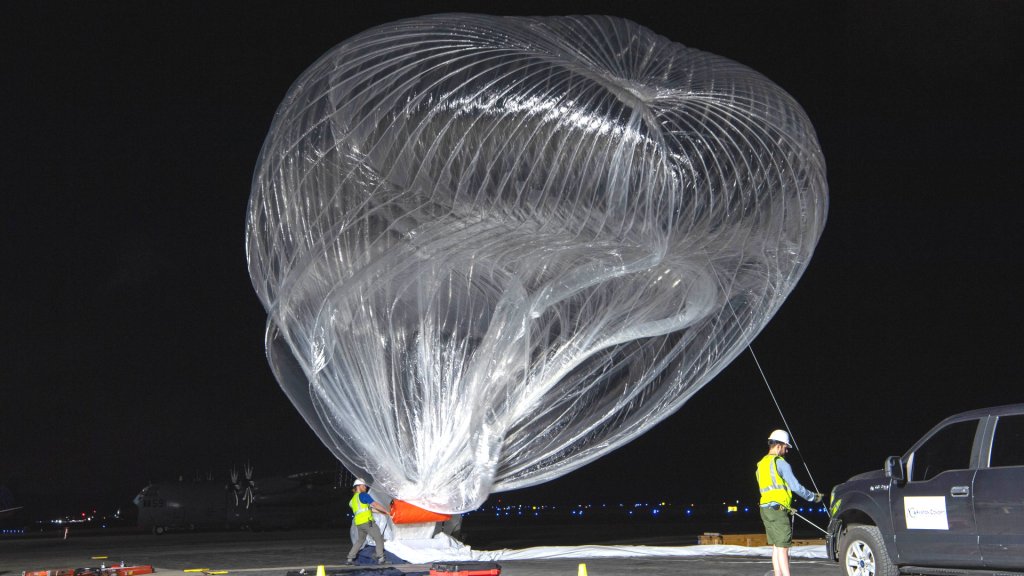
“The High-Altitude Extended-Range Long-Endurance Intelligence Observation System (HELIOS)… will provide multiple sensing capabilities by developing and integrating sensor capabilities on different sized stratospheric platforms that, as a system will, comprise a survivable sensing suite in MDO [multi-domain operations,” the RFI explains. “These will allow stand-off operations to detect, locate, identify, and track critical targets for the ground commander.”
“This RFI is specifically looking for information on Small Form Factor (SFF) ELINT [electronic intelligence], COMINT [communication intelligence], and RADAR sensor technologies for microHABs (High Altitude Balloons) weighing under 15 lbs with power and communication equipment provided by the platform,” the RFI adds. “High altitude operations are defined as +60K ft in altitude for this RFI.”
There is no definition provided for how small “micro” might be in the context of this RFI, but examples of this term used elsewhere show high-flying balloons that are small enough to be launched by small teams or even single individuals. The video below shows a small stratospheric balloon developed by the Rochester Institute of Technology’s Space Exploration Research Group (SPEX), which is said to have served as the basis for a subsequent “microHAB.”

CECOM stresses that the purpose of the RFI is only “market research,” but asks anyone who submits a response to include details about their ability to provide actual examples of the sensors in question for potential ground and flight testing in Fiscal Year 2025. This is not surprising as the Army hopes to award its first HELIOS contracts in the upcoming fiscal year.
The Army wants the full HELIOS family of systems, which could ultimately include multiple sizes of HABs and very-high-flying glider-like drones with extreme endurance, to help “identify and develop land-based and maritime targets… during conflict and provide persistent surveillance during competition on strategic areas of interest,” according to a more detailed description of the program on the website of service’s Program Executive Office for Intelligence, Electronic Warfare, and Sensors (PEO-IEW&S). The goal is also for at least some of those platforms to be able to “conduct on-board data processing for rapid target recognition and reporting, as well as a resilient architecture capable of functioning in disrupted, disconnected, intermittent and low-bandwidth (DDIL) environments.”
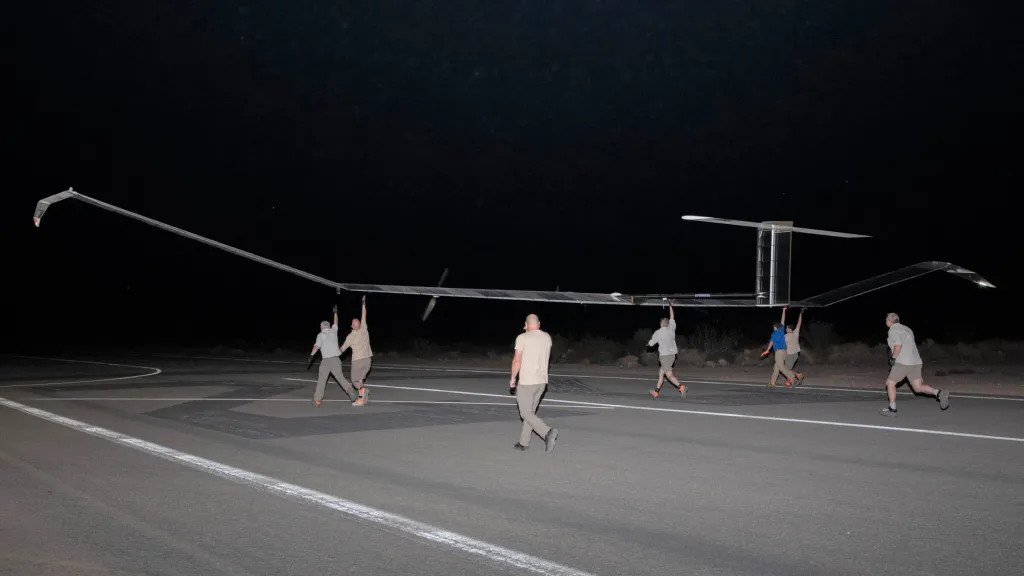
“Commanders require cross-domain solutions to penetrate anti-access/area denial defenses and precisely geolocate threat integrated air defense systems. The stratosphere is the final piece of the aerial domain that must be operationalized to complete the common operating picture across the entire depth of the future Multi-Domain Operations (MDO) battlespace,” the PEO-IEW&S website adds about HELIOS. “Deep sensing from the stratosphere is a force multiplier for Joint, Army, and mission partners as it provides targetable data in near-real-time (NRT) for action… Stratospheric sensors also increase commander’s situational understanding as it produces critical intelligence that is cloud discoverable by Joint All-Domain Command and Control systems and within the Army Command Post Computing Environment.”
The specific mention of radars in the new RFI also highlights how the Army’s HELIOS program could contribute another layer of ground-moving target indicator and synthetic aperture radar imaging (GMTI/SAR) capability that would be valuable to the entire U.S. military. GMTI is a radar mode that is used to discriminate between moving targets on the ground and static ones, which then allows the former to be tracked over time. That data is often overlaid on map-like SAR imagery, as seen below. The GMTI/SAR ecosystem is already set to benefit from new and potentially game-changing space-based capabilities, as you can read more about here. More traditional crewed and uncrewed aircraft will continue to contribute, as well.
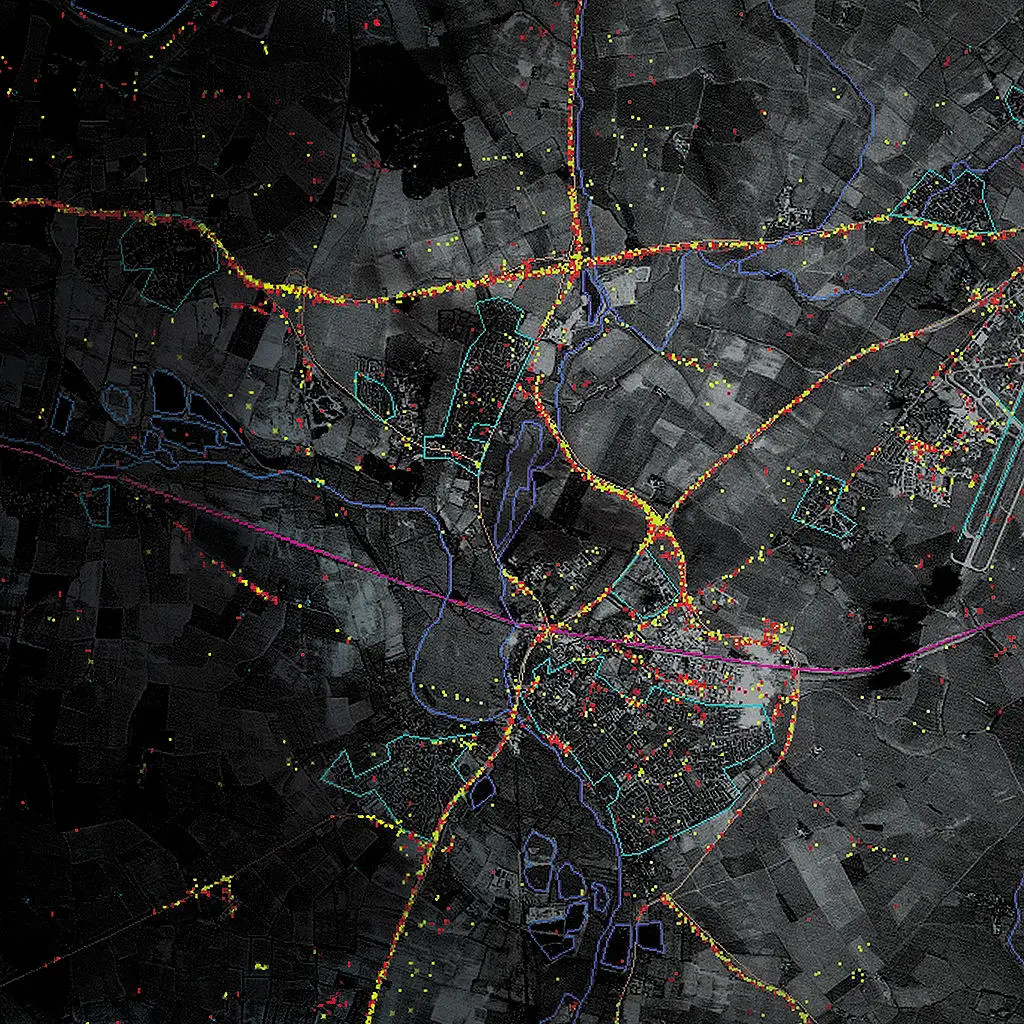
The Army, as well as other branches of the U.S. military, have been actively testing stratospheric balloons for years now for exactly these reasons. Beyond these developments, America’s armed forces and the U.S. Intelligence Community have a very long history of employing high-flying balloons for intelligence-gathering and other missions.
From their high-level perches, these balloons have excellent fields of view for their sensors, as well as communications suites (especially line-of-sight links) used to pass targeting data and other intelligence along. Modern designs with advanced control suites are also capable of holding their general position in spite of prevailing winds by moderating their altitudes allowing them to operate in an area persistently for very long periods of time.
In addition, HABs are inherently challenging for enemy air defenders to spot and track, as well as intercept. How high they fly also makes it hard for hostile actors to collect data on any signals they might be broadcasting to satellites in space Smaller balloons like the ones alluded to in the new Army RFI would only be more difficult to detect and to try to shoot down.
This reality was on full display in early 2023 when a Chinese spy balloon soared through U.S. and Canadian airspace before being brought down over the Atlantic Ocean off the coast of South Carolina. U.S. Air Force U-2 spy planes were called upon to gather intelligence about the balloon and otherwise monitor its progress given the altitudes involved. One of the service’s F-22 Raptors ultimately destroyed the balloon, which also highlighted that stealth fighter’s high-flying capabilities. Air Force fighters subsequently downed three more “objects” detected in the skies over the United States and Canada, at least one of which may have been a small hobbyist balloon.

Smaller stratospheric balloons would have a more limited payload capacity for sensors and other systems. At the same time, they could give the Army a way to deploy more HABs across a broader area and do so rapidly. “MicroHABs” could still be mixed in with larger balloons and other high-altitude platforms with more expansive capabilities, which could also be sent to more deeply investigate areas of interest. Linked together into a mesh network, a large number of balloons and other assets in the stratosphere could be very resilient to any attacks that do come, as well. Balloons, especially smaller designs, could be cheap enough that commanders would be more willing to send them into especially dangerous areas where there might be a higher risk of loss, too.
As already noted, the Army used stratospheric balloons from Aerostar Industries as part of a larger distributed sensing and communication network to support a first-of-its-kind anti-ship test involving a Precision Strike Missile (PrSM) in the Pacific region during Exercise Valiant Shield 24 in June. A dedicated ship-killing version of the PrSM, a new short-range ballistic missile the Army just began fielding last Winter, is in development.
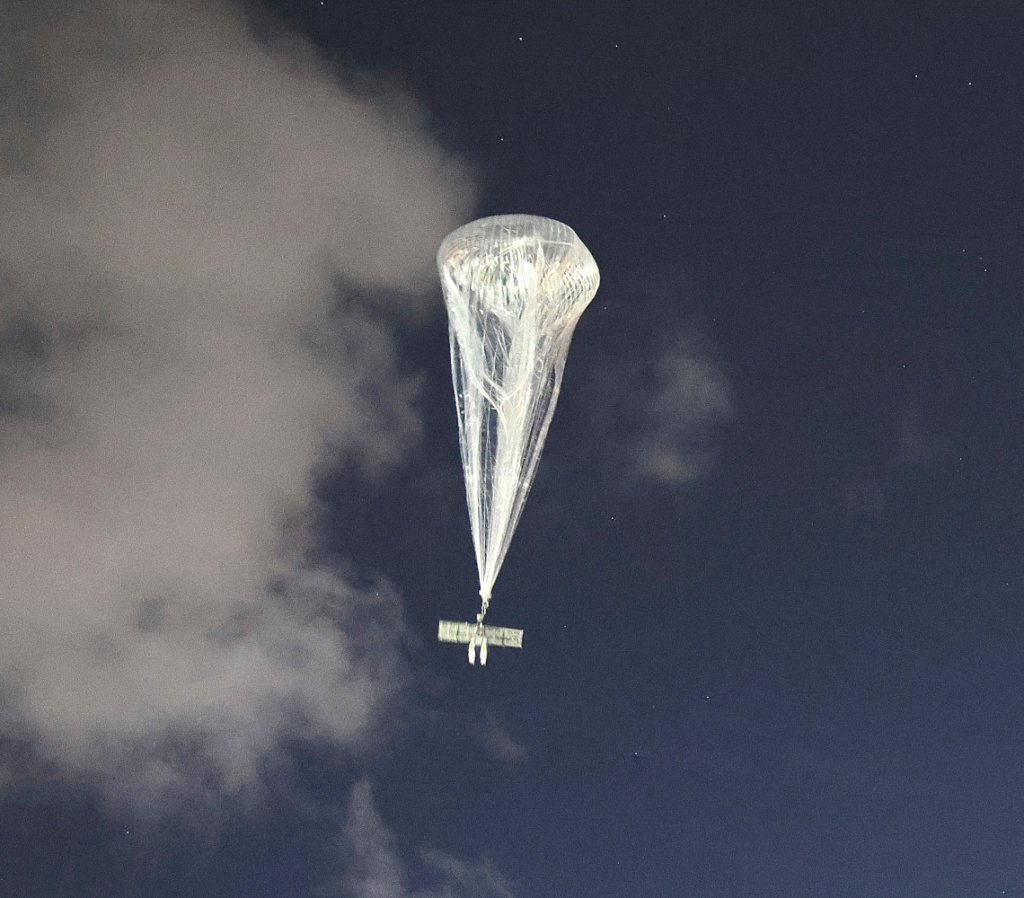
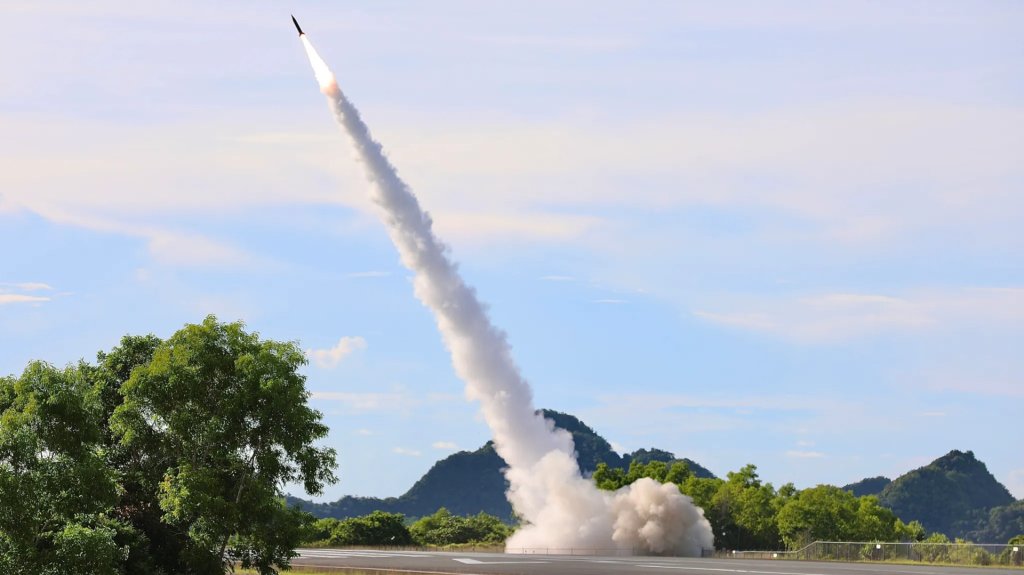
The Army envisions HELIOS, as well as its even larger Multi-Dominan Sensing System (MDSS) system of systems, which is set to include various tiers of other crewed and uncrewed aircraft, as supporting strikes involving other current and future stand-off weapon systems. The service is in the process of fielding a new ground-based launch system called Typhon that can fire multi-purpose SM-6 missiles and Tomahawk cruise missiles. The SM-6 was originally designed as a surface-to-air interceptor and even has some degree of capability against novel hypersonic weapons in the terminal phase of flight. It can also be used in a ballistic mode against targets on land and at sea, which is how the Army currently intends to employ it.
A long-range hypersonic weapon called Dark Eagle, which the Army is developing in cooperation with the Navy, could also benefit from HELIOS and other elements of the MDSS ecosystem. Dark Eagle is expected to be a low-density asset reserved for high-value strategic-level targets in very densely defended areas, such as major air defense nodes and other command and control centers. These are exactly the environments where the Army sees HABs and other high-altitude intelligence, surveillance, and reconnaissance (ISR) platforms as being especially valuable given their persistence and survivability.
The Army also sees weapon systems like Typhon and Dark Eagle, and the sensor and communication nets need to support their operations, as key to ensuring its relevance in a future high-end conflict in the Pacific against China, which is currently the U.S. military’s top planning priority.
The Pacific region, broadly, is a particularly ideal environment for using stratospheric balloons and the extreme endurance they offer. HABs and the rest of the HELIOS family of systems could provide valuable persistent ISR and other capabilities anywhere in the world, and outside of a major conflict, as well.
The Army has been eyeing using its expected suite of HELIOS platforms for other missions, including conducting electronic warfare attacks and even launching kinetic strikes directly against targets they might find. HABs and other high-altitude assets could deploy what the service is currently calling High Altitude Air Launched Effects (HA-ALE), which might be drones or loitering munitions, to provide additional stand-in or stand-off capability to perform those missions. The idea of using high-flying balloons as drone motherships is something The War Zone has explored in detail.
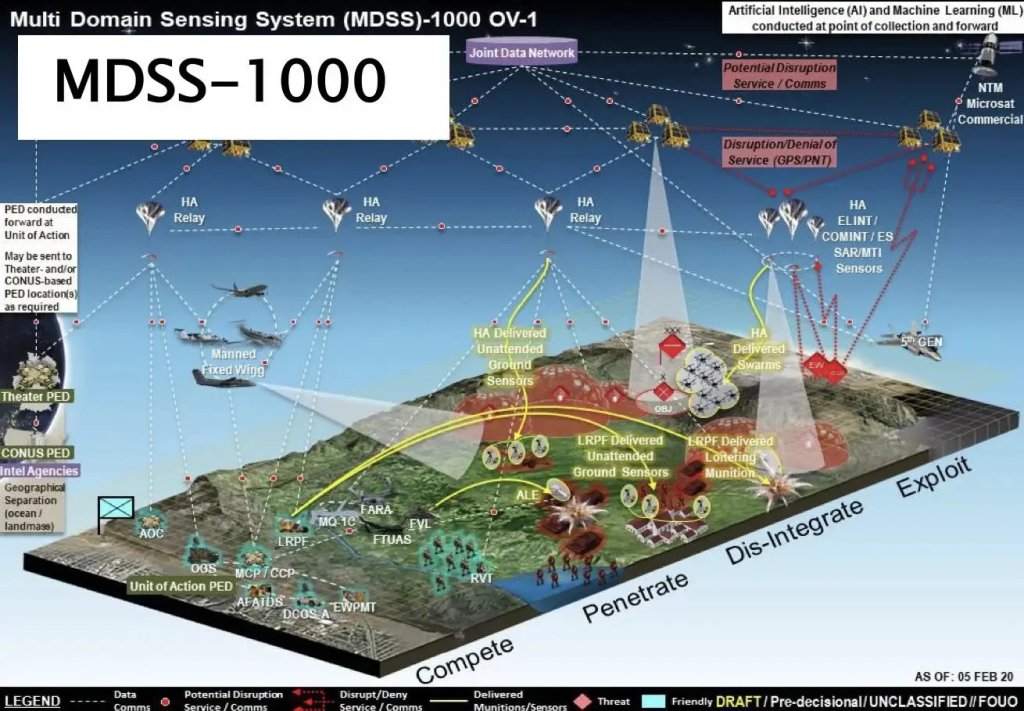
“That could potentially be very powerful,” Andrew Evans, head of the Army’s Intelligence, Surveillance and Reconnaissance Task Force, said about pairing “launched effects” with HABs in an interview with Aviation Week back in April. “So if you have a launched effect that keeps soldiers out of harm’s way, relaying information through a balloon that relays information to a shooter many hundreds of miles away, you’re now doing true experimentation with multi-domain operation principles.”
As already highlighted by the spy balloon that passed across the United States last year, the Chinese armed forces are also very actively developing and fielding high-altitude balloons and other lighter-than-air craft to conduct ISR and other missions. This also includes work on using those high-flying platforms to launch drones and other payloads.
The new RFI from CECOM is just the latest move by the Army to turn its larger high-altitude balloon vision into a reality.
Contact the author: joe@twz.com
